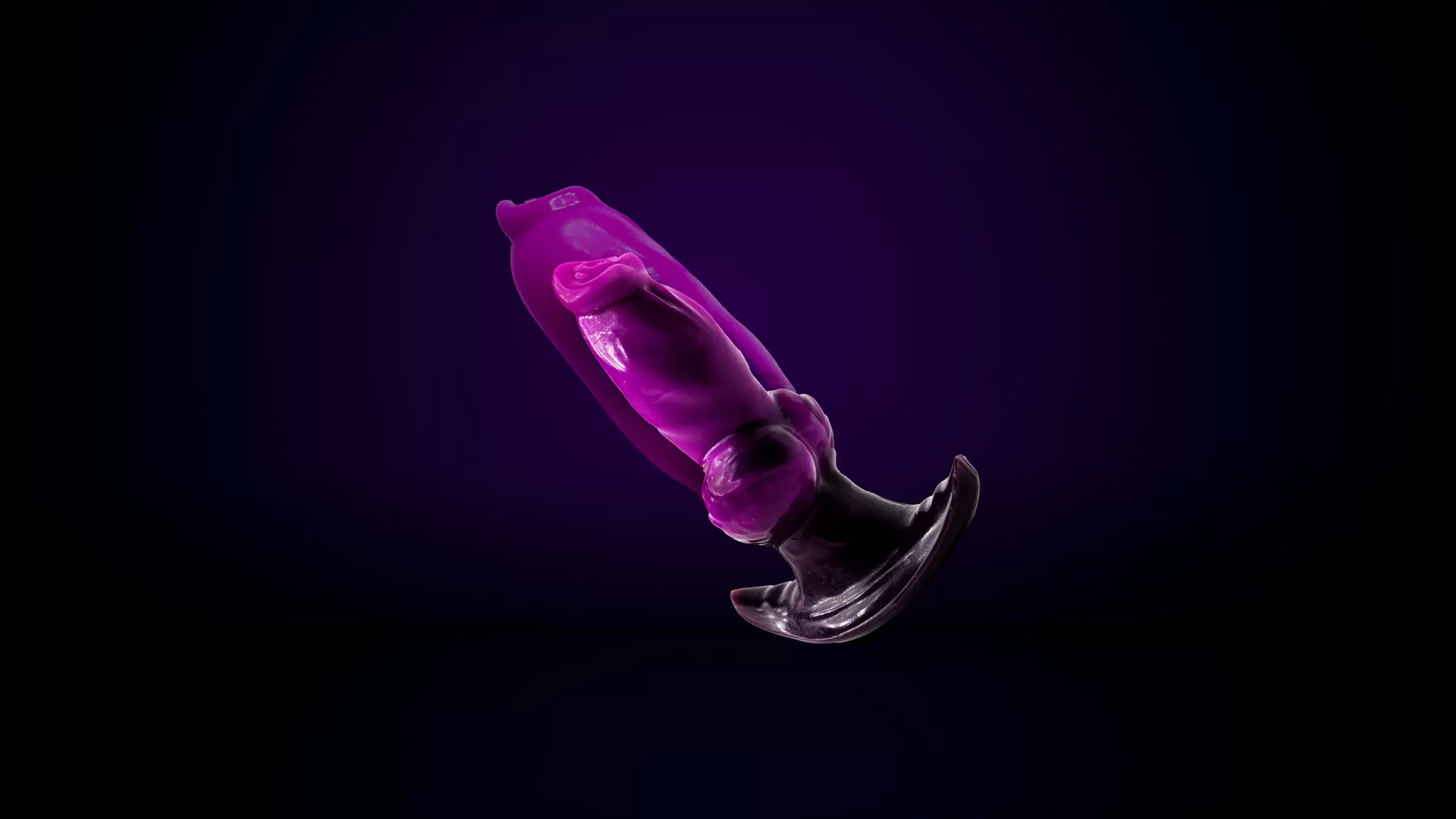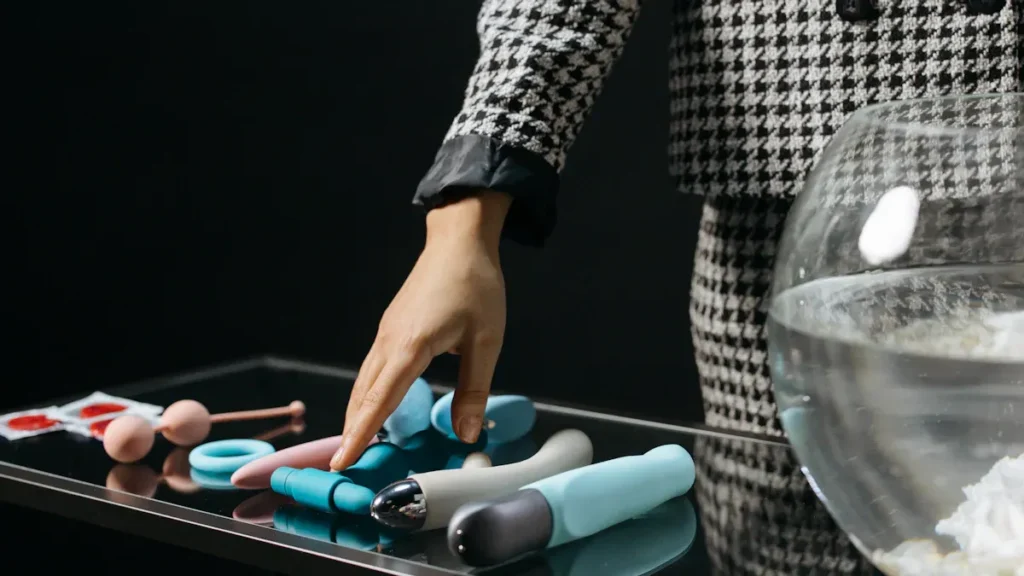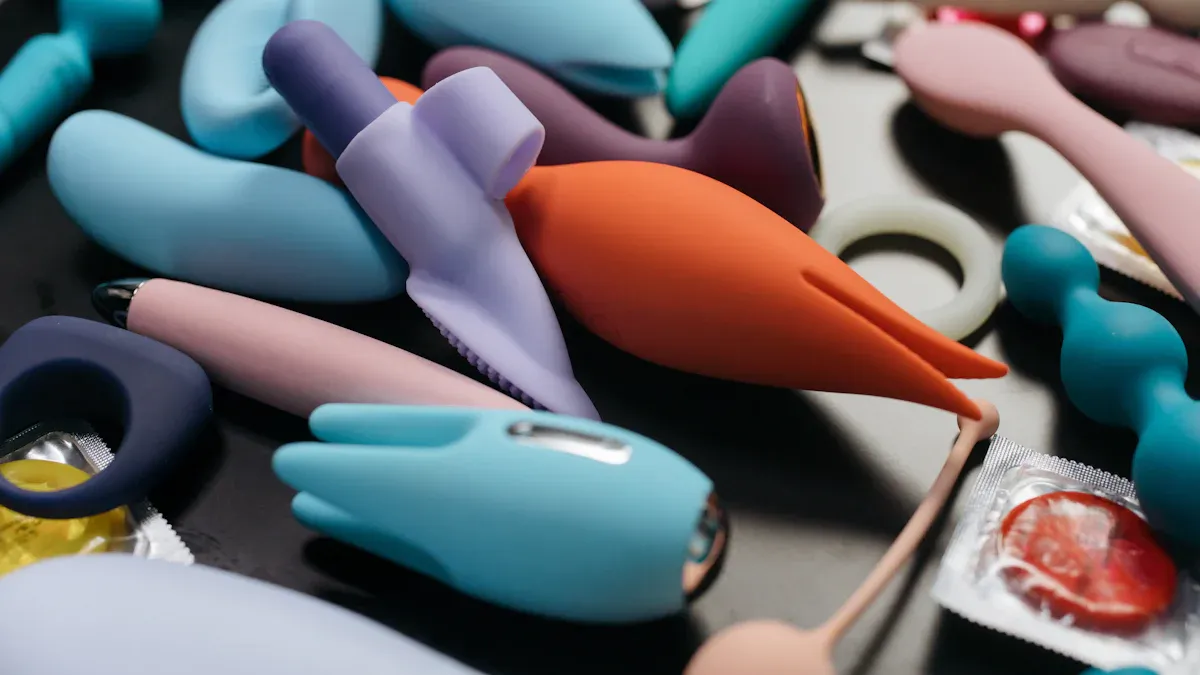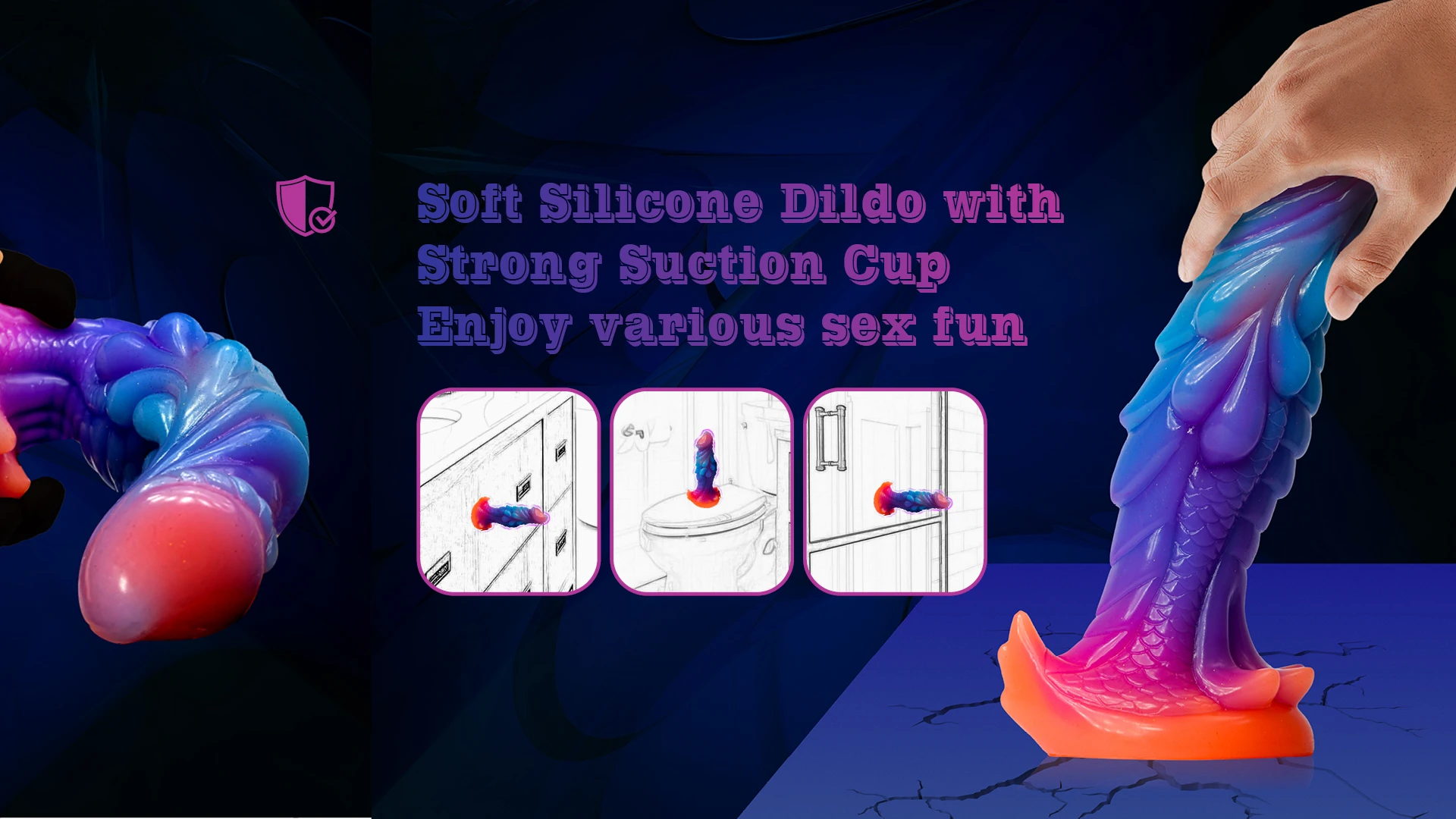What Materials Make Up Clear Dildos and Are They Safe
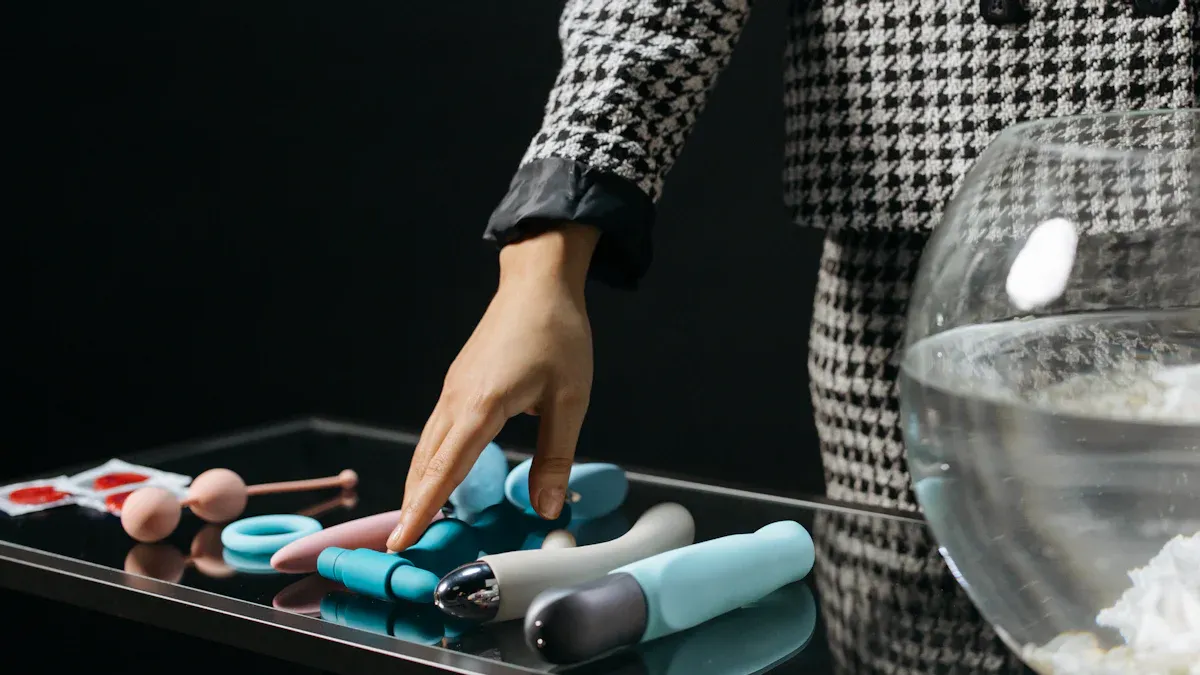
Clear dildos are liked for their look and use. They are made from materials like silicone, glass, and acrylic. Each material has different features that affect safety and strength. Wolf Dildos, Dildos For Men, and Luminous Dildos show many designs. Knowing these materials helps you choose safely and wisely.
Common Materials Used in Clear Dildos
Clear dildos are made from different materials. Each material has its own pros and cons. Knowing about these materials helps people choose safe and strong options.
Medical-Grade Silicone
Medical-grade silicone is a top choice for clear dildos. It is safe and easy to clean because it doesn’t soak up bacteria or liquids. This material is also gentle on skin and less likely to cause allergies. Companies test silicone to make sure it’s free of harmful chemicals.
Tests check for toxic substances and allergy risks.
Certifications like FDA approval and CE marking prove safety.
Labs use rules from groups like ASTM International to meet health standards.
Silicone is tough and lasts a long time. Its smooth feel and bendable design make it comfortable to use. Many people prefer silicone for sex toys.
Borosilicate Glass
Borosilicate glass is another great choice for clear dildos. It is strong and handles temperature changes well. This glass is safe for the body and doesn’t have harmful chemicals. Its smooth surface makes cleaning easy and stops bacteria from growing.
Borosilicate glass looks beautiful with its clear design. It works with all types of lubricants, making it very useful. But users should be careful not to break it during use.
Acrylic and Plastics
Acrylic and plastics are popular because they are cheap and light. They can look like glass but are less likely to break. However, some plastics may have harmful chemicals, as shown in studies like “What’s Really in Our Sex Toys?”
Acrylic doesn’t absorb bacteria, but it might not be as safe as silicone or glass. Buyers should pick trusted brands that share safety details about their products.
PVC and Jelly Rubber
PVC and jelly rubber are low-cost materials often used in sex toys. But they have serious safety problems. PVC often contains phthalates, which can cause health issues like cancer. Jelly rubber also has phthalates and may release harmful chemicals over time.
Both materials can trap bacteria because they are porous.
Some “phthalate-free” labels may still hide unsafe chemicals.
These materials are cheap but not good for safety or hygiene.
Experts suggest avoiding dildos made from PVC or jelly rubber. Safer options like silicone or glass are better choices.
Safety Concerns with Sex Toy Materials
Non-Porous vs. Porous Materials
Non-porous and porous materials affect sex toy safety. Non-porous materials, like silicone and glass, have smooth surfaces. These surfaces don’t soak up bacteria or dirt, making cleaning easier. They are safer and help lower the chance of infections. Many people see non-porous toys as the best for hygiene and safety.
Porous materials, like jelly rubber and cheap plastics, are different. They have tiny holes that trap bacteria and moisture. Even after cleaning, germs can stay inside these materials. This makes them riskier to use. Studies show porous materials can cause more health problems. Choosing non-toxic, non-porous toys is a safer option.
Dangers of Chemical Leaching
Chemical leaching happens when harmful chemicals leak out of materials. This is a big problem with some sex toys, especially those with phthalates. Phthalates, found in PVC and jelly rubber, can harm the body. They are linked to hormone problems and other health issues.
Research shows PVC can release dangerous compounds, like organotin. These chemicals can touch sensitive skin during use. Materials breaking down over time make this worse. Picking safe options like silicone or glass reduces these risks.
Title | Author | Publication Details |
|---|---|---|
Leaching of organotin compounds from poly(vinyl chloride) (PVC) material | Quevauviller, P. | Applied Organometallic Chemistry, Volume 5, Issue 2, pages 125-129, March/April 1991 |
Allergies and Skin Sensitivities
Some materials can cause allergies or skin problems. Silicone is hypoallergenic and gentle on the skin. It doesn’t have harmful chemicals, making it a safer choice.
Materials like latex, jelly rubber, and cheap plastics can irritate the skin. They may cause itching, redness, or worse reactions. Choosing hypoallergenic and non-toxic materials is better for comfort and safety.
Unsafe Materials to Avoid
Some materials are unsafe for sex toys because they can harm health. Phthalates, found in PVC and jelly rubber, are very dangerous. They can mess with hormones and cause serious health problems. PVC is one of the most toxic materials used in sex toys.
Other unsafe materials include BPA, VOCs, and TPE/TPR. These can break down and release harmful chemicals. Cheap or natural porous materials are also risky because they are hard to clean.
Hazardous Material | Description |
|---|---|
Phthalates | Found in many sex toys, often above safety limits. Linked to hormone problems and health risks. |
PVC | Known for health dangers and often avoided in sex toys. |
Other Toxic Substances | Includes chemicals that can harm health, as shown in studies. |
To stay safe, avoid these materials. Choose toys made from silicone or glass for better health and peace of mind.
Picking Safe Materials for Clear Dildos
Finding Safe Materials for the Body
Using safe materials is important for comfort and health. Medical-grade silicone is one of the best choices. It is gentle on skin, non-toxic, and made without harmful chemicals. This type of silicone is safe for inside the body and lasts a long time. Its smooth surface makes it a favorite for many people.
Other good options include borosilicate glass, which is easy to clean and doesn’t trap germs. It works with all types of lubricants and stays safe over time. ABS plastic is another strong choice because it doesn’t break down or release bad chemicals. Metals like stainless steel and coated wood are also safe when made correctly.
Material Type | Safety Features |
|---|---|
Silicone | Nonporous, gentle on skin, and made in medical-grade options. |
ABS Plastic | Stable and often used in safe vibrating toys. |
Metal | Safe if made from high-quality stainless steel or similar materials. |
Glass | Easy to clean, nonporous, and great for temperature changes; borosilicate glass is best. |
Ceramic | Safe if free of cracks, can be used for temperature play. |
Stone | Made from special stones, doesn’t soak up bacteria. |
Wood | Safe if covered with layers of body-safe coating. |
Certifications and Trusted Brands
Certifications show which brands care about safety. CE certification follows European safety rules, and RoHS limits harmful substances in electronics. FDA certification in the U.S. proves products meet strict health standards. ISO certifications also show global safety approval.
Buyers should pick brands that share their testing and certifications. Companies using pure silicone or phthalate-free materials often highlight these features. Trusted brands give clear details about their products and materials.
Watching Out for False Claims
Some companies make false claims about their products. They may say items are safe or phthalate-free without proper testing. Buyers should check for certifications like ASTM or ISO to confirm safety. Reading reviews and researching brands can help avoid unsafe toys.
Materials like jelly rubber or cheap plastics often use unclear labels like “silicone blend.” These blends may include harmful chemicals. Choosing trusted brands with high-quality materials ensures better safety and longer-lasting products.
Maintenance and Care for Clear Dildos
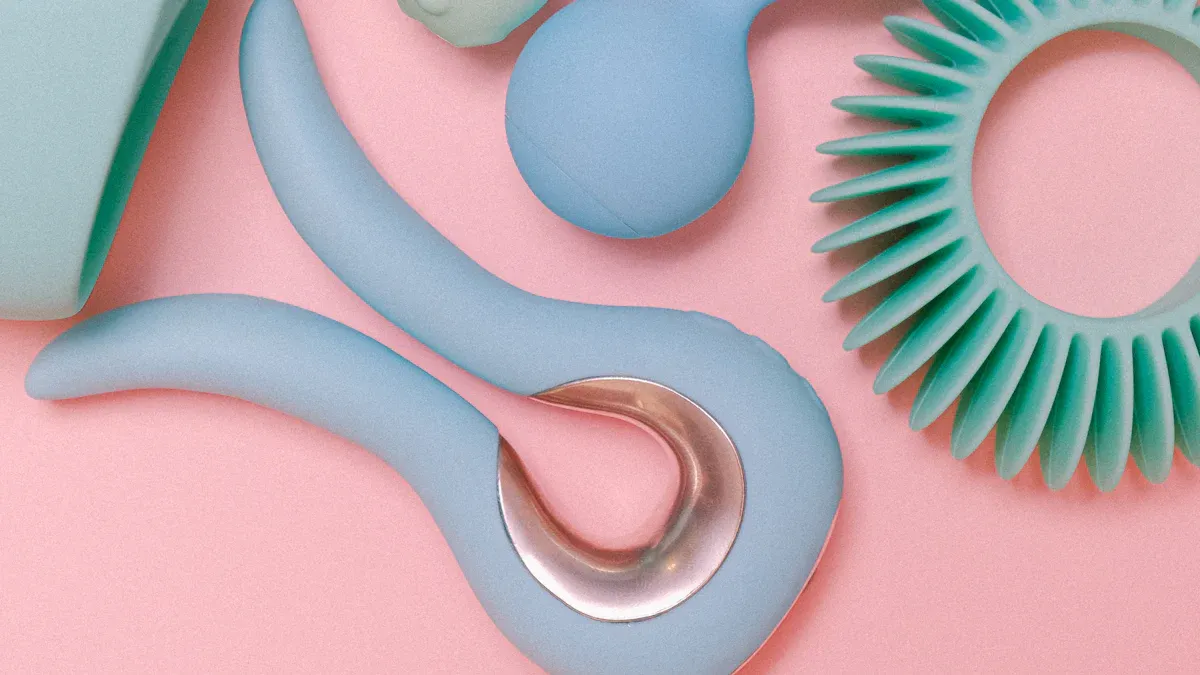
Cleaning and Sanitizing Techniques
Cleaning clear dildos keeps them safe and lasts longer. Non-porous materials like silicone and glass are easier to clean. Always wash your toy after every use. Use warm water and mild soap for regular cleaning. For deeper cleaning, a bleach solution works well. One person shared:
“I used to just use soap, but bleach is better. It cleans deeper and gets into tiny spaces. Now, I soak my dildos in bleach water before using them.”
You can also boil heat-safe toys like borosilicate glass. Always check the maker’s instructions to avoid damage.
Proper Storage Practices
Storing dildos the right way keeps them clean and safe. Bad storage can let bacteria grow, causing infections. Research shows germs like HPV can stay on toys even after cleaning. To stay safe:
Keep each toy in its own pouch or case.
Store them in a cool, dry spot away from sunlight.
Don’t store porous and non-porous toys together to stop bacteria spread.
These steps help prevent infections like bacterial vaginosis.
When to Replace Your Clear Dildo
How long a dildo lasts depends on its material and care. Silicone and glass toys can last years if cared for well. Replace your toy if it cracks, changes color, or feels rough. Porous toys wear out faster and need replacing more often. Regular checks keep your toys safe and clean.
Clear dildos are made from different materials. Each has its own safety level. Non-porous materials like silicone and glass are safe. They are easy to clean and don’t have harmful chemicals. These materials are tested to meet safety rules. This lowers health risks and makes users happy. People like these safe choices more than unsafe toys. They feel better and work well. Cleaning them often and storing them right helps them last longer. Picking the right materials makes using them safer and more fun.


